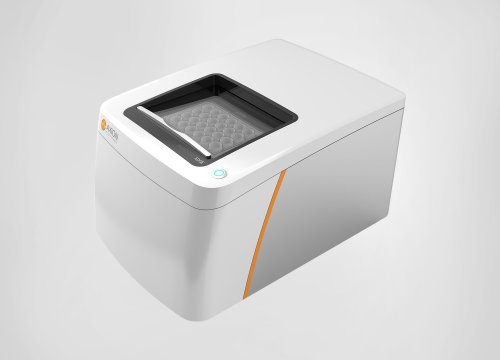Lu Wang, Thanh Nguyen, Manuel Rosa-Garrido, Yang Zhou, David C. Cleveland and Jianyi Zhang
Frontiers In Bioengineering and Biotechnology, 10 February 2023
Scientists use Axion’s noninvasive, label-free Maestro MEA to monitor the electrophysiological properties of cardiomyocytes in vitro.
Optimizing differentiation protocols for the generation of induced pluripotent stem cell-derived cardiomyocytes (iPSC-CMs) is essential for advancing cardiac regenerative medicine, cardiovascular disease research, and cardiotoxicity assessments. In this study, scientists build on previous research demonstrating the efficient differentiation of cardiomyocytes from human induced pluripotent stem cells (hiPSCs) when programmed from cardiac fibroblasts (rather than dermal fibroblasts or blood mononuclear cells) and compare the yield and functional properties of CMs differentiated from iPSCs reprogrammed from human atrial fibroblasts (iPSC) or ventricular cardiac fibroblasts (iPSC).
To monitor the electrophysiological properties of the AiPSC-CMs and ViPSC-CMs in vitro, the team used Axion’s noninvasive, label-free Maestro Edge multielectrode array (MEA) system and found that “while the field-potential durations were significantly longer in ViPSC-CMs than in AiPSC-CMs, measurements of action potential duration, beat period, spike amplitude, conduction velocity, and peak calcium-transient amplitude did not differ significantly between the two hiPSC-CM populations,” the cardiac-origin CMs showed increased ADP and conduction velocity compared to CMs derived from non-cardiac tissues. Overall, the scientists found that both cell types differentiated into CMS with equal efficiency, but observed that differences in electrophysiology, calcium handling, and transcription profiles support the hypothesis that tissue of origin is important when generating iPSC-CMs.


